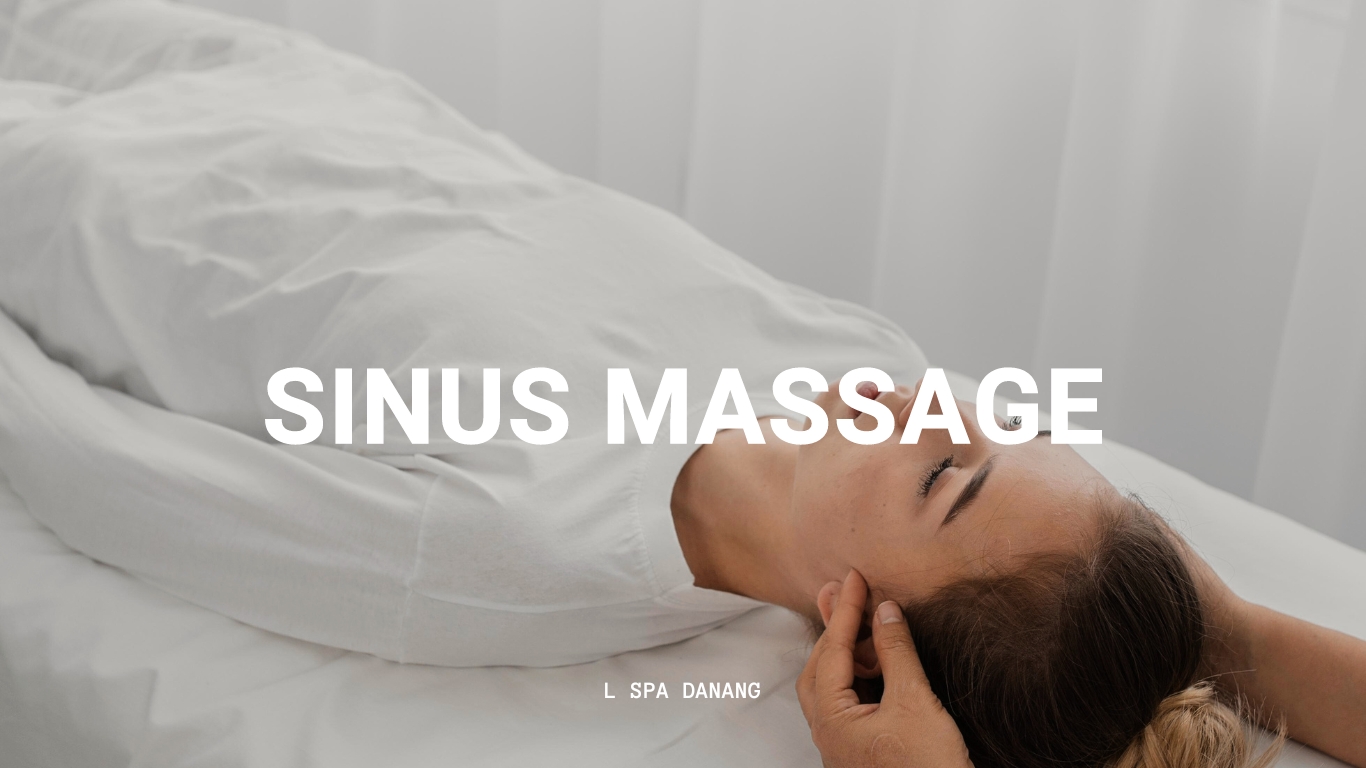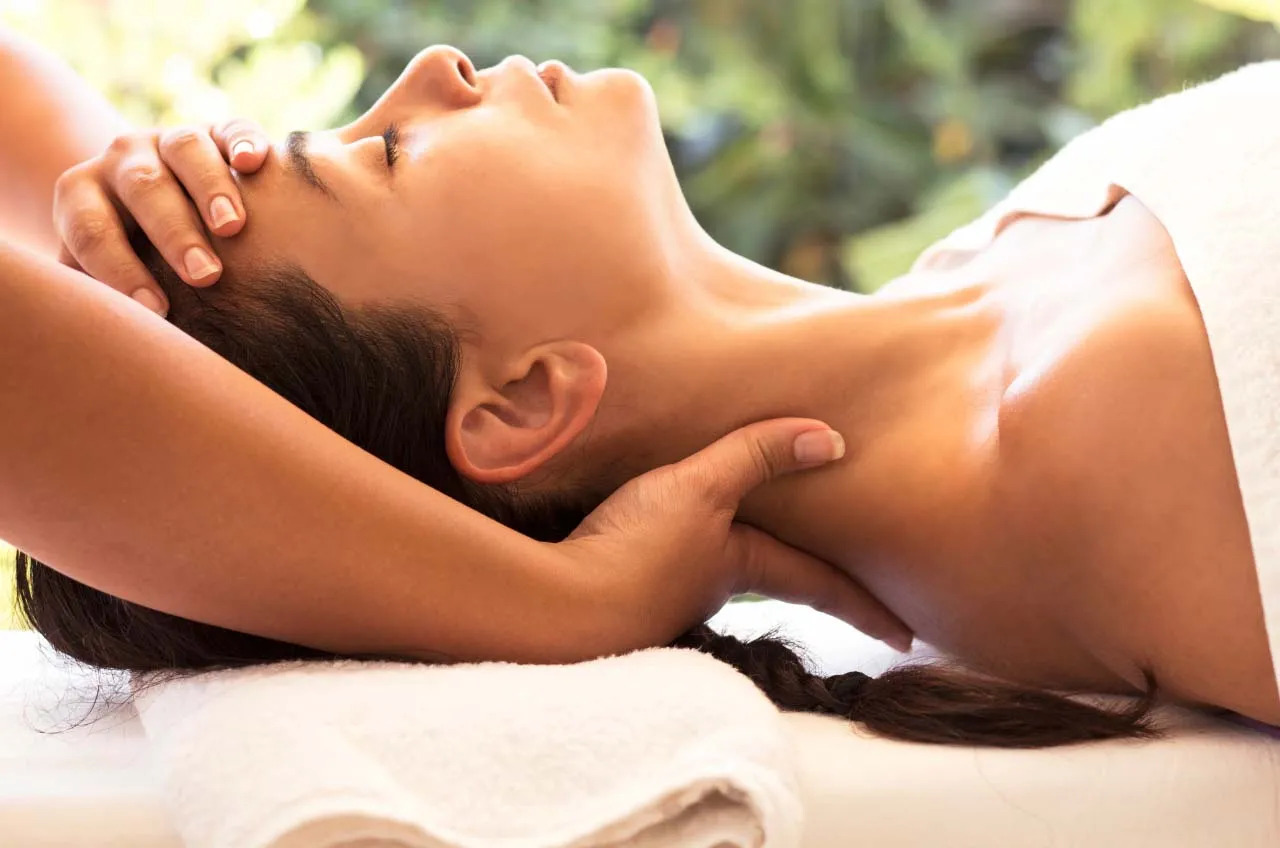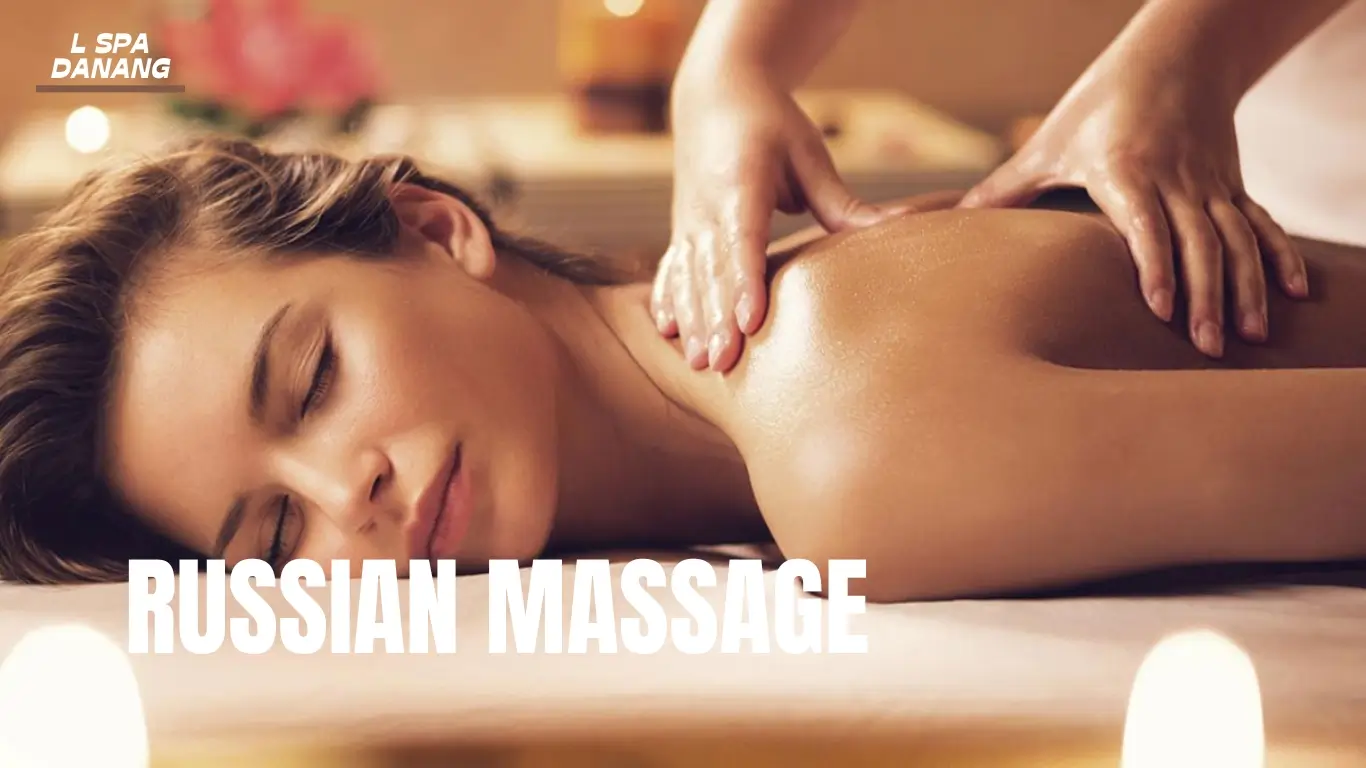Carotid sinus massage is a clinical maneuver employed to assess and diagnose various cardiovascular conditions. This bedside procedure involves the careful manipulation of the carotid sinus, located at the carotid artery’s bifurcation. In this discussion, we will explore the purpose, techniques, and considerations associated with carotid sinus massage, shedding light on its role in diagnosing conditions such as carotid sinus hypersensitivity and certain arrhythmias.
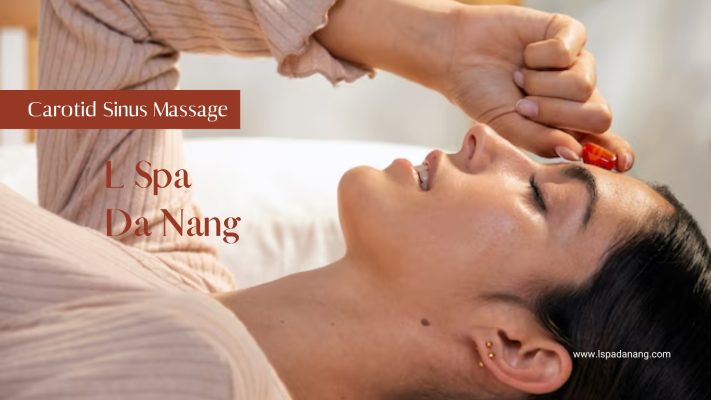
What Is The Carotid Sinus Massage?
Carotid sinus massage entails massaging the extensive section of the arterial wall at the juncture where the common carotid artery, situated in the neck, bifurcates into its two primary branches.
Purpose Of The Carotid Sinus Massage
In this context, “sinus” refers to a region in a blood vessel that is larger than the surrounding vessel, representing a normal dilation. Positioned in the neck just below the jaw’s angle, the carotid sinus is situated above the point where the carotid artery divides into its two primary branches. When the carotid sinus is stimulated through massage, it activates an area in the artery wall containing nerve endings.
These nerves are responsive to fluctuations in blood pressure and can effectively slow down the heart rate. The outcome of this straightforward procedure often results in the deceleration of a rapid heart rate, such as atrial flutter or atrial tachycardia, providing valuable diagnostic insights to the physician.
The Procedure For Diagnosing Carotid Sinus Syndrome
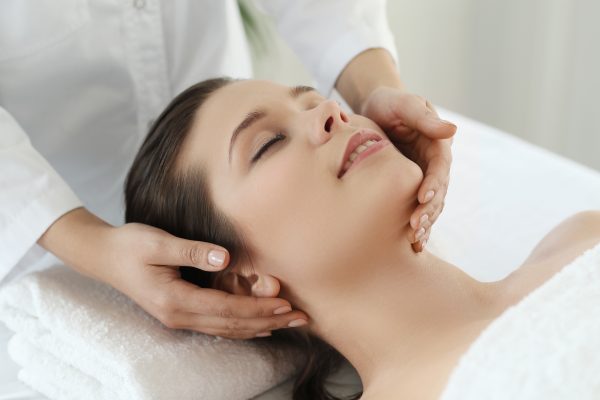
The patient will be instructed to lie down, with the neck fully extended and the head turned away from the side undergoing the massage. The doctor, monitoring an electrocardiogram, will delicately stimulate the carotid sinus. If there is no observable change in the heart rate on the monitor, the pressure will be increased with a gentle rotating motion. Following the massage on one side of the neck, the process will be replicated on the opposite side. It is essential to note that both sides of the neck are never massaged simultaneously.
How To Perform A Carotid Sinus Massage?
Part 1: Preparing The Patient
Instruct the patient to recline on their back. To ensure safety, Carotid Sinus Massage (CSM) should be initially conducted with the patient lying supine (flat on their back) and then in a seated position, with at least a 5-minute interval of rest in between. Following the maneuver in both positions, the patient should be observed for 10 minutes while lying supine.
If in a medical office, use an examination bed; if performing CSM in a home setting, request the patient to lie on a couch or bed. Emphasize the importance of the patient being in a reclined position to mitigate any potential lightheadedness or loss of consciousness resulting from the CSM.
Apply an electrocardiograph (ECG) to the patient. This medical instrument serves to monitor the cardiac electrical activity throughout the administration of Carotid Sinus Massage (CSM). Given that CSM primarily serves a diagnostic purpose, the ECG proves valuable in tracking the heart’s performance during the procedure. If the ECG signals asystole (a cessation of heartbeats) persisting for more than 3 seconds, immediate cessation of the CSM is warranted.
Additionally, the ECG can contribute to the diagnosis of carotid sinus syndrome. Even when performing CSM to address excessively rapid heartbeats (supraventricular tachycardia or SVT), continuous monitoring of the heart’s electrical activity through ECG is essential. Employ an ECG for each instance of CSM administration.
Continuously monitor the patient’s blood pressure throughout the procedure, including before, during, and after, using a continuous blood pressure and heart rate monitor. This data can provide insights into the potential causes of any rhythm abnormalities. The ongoing monitoring of blood pressure is also a safety precaution.
After the patient has assumed a reclined position, and the ECG has been applied with blood pressure monitoring initiated, allow a five-minute interval before commencing the procedure. This waiting period permits the patient’s heart rate to naturally slow to a resting rate, ensuring an accurate baseline measurement of both blood pressure and heart rate.
Part 2: Performing The Massage
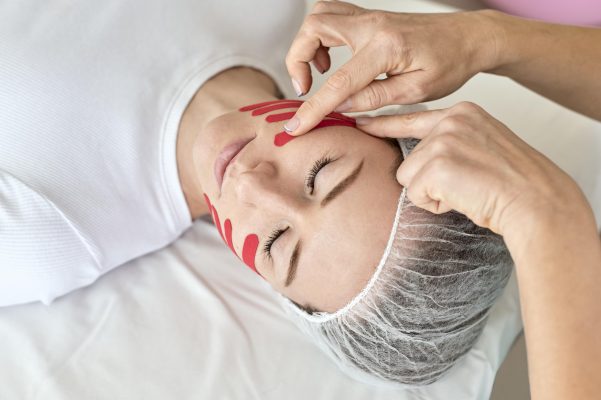
Locate the carotid sinus massage point by identifying both carotid sinuses, performing the massage on each. The carotid sinus is situated in the patient’s neck. Begin by finding the midpoint of the front of the patient’s neck, near their Adam’s apple, and ascertain the angle of their jaw. Trace your finger along the side of the patient’s neck until it aligns directly below the angle of their jaw.
Your finger should now rest on the patient’s carotid sinus. The angle of the jaw is where the jawbone bends, approximately 4 inches (10 centimeters) back from the tip of their chin. The second carotid sinus will mirror this position on the opposite side of the patient’s neck.
Administer a 5–10 second massage to the right carotid sinus. Typically, Carotid Sinus Massage (CSM) initiates on the right side of the patient’s neck. Apply firm pressure to the designated carotid sinus massage point, employing a circular motion to rub and massage the area for 5–10 seconds. Exercise caution to avoid excessive pressure, as it may compromise oxygen flow to the patient’s brain. A general guideline is to apply a level of pressure akin to what would be needed to indent the surface of a tennis ball.
Massage the patient’s left carotid sinus. Following the carotid massage on the right side of the patient’s neck, replicate the procedure on the left carotid sinus. Employ a circular motion and massage the area for 5–10 seconds.
Instruct the patient to remain still for 10 minutes. After concluding the Carotid Sinus Massage (CSM), the patient might encounter slight lightheadedness or dizziness. Encourage them to stay lying down for an additional 10 minutes. This period enables their heart rate to normalize, especially if it was initially elevated, and ensures a sufficient supply of oxygen returns to their brain.
Part 3: Discontinuing The Massage
Cease Carotid Sinus Massage (CSM) if the ECG indicates asystole, a severe form of cardiac arrest that may be triggered by the maneuver. If the ECG monitor reveals a lack of electrical activity and ventricular contraction persisting for more than 3 seconds, discontinue the procedure immediately.
If the patient’s cardiac arrest persists after stopping CSM, consider initiating life-saving measures, such as a precordial thump (chest blow). Refrain from defibrillation unless the ECG indicates a shockable rhythm, such as ventricular fibrillation or ventricular tachycardia, as asystole does not respond to defibrillation.
Discontinue the Carotid Sinus Massage (CSM) if the patient faints. If the patient loses consciousness at any point during the CSM, even momentarily, halt the massage immediately. Record the occurrence of syncope (loss of consciousness) or pre-syncope (dizziness or lightheadedness immediately before unconsciousness), either by yourself or with the assistance of a medical professional.
If the CSM is conducted for diagnostic purposes, inquire whether the lightheadedness or fainting aligns with other symptoms the patient typically experiences.
Cease Carotid Sinus Massage (CSM) if there are any neurological complications, such as a stroke. In the event of a stroke, administer aspirin (if not contraindicated), and closely monitor the patient’s condition.
Refrain from performing Carotid Sinus Massage (CSM) on patients diagnosed with carotid sinus hypersensitivity (CSH). Individuals with CSH exhibit heightened sensitivity to pressure on their carotid sinus. This condition is most commonly observed in men over the age of 50, although women over 50 may also experience CSH.
Administering CSM to a patient with CSH can result in cardiac arrest or other severe heart and blood-pressure conditions. Inquire whether the patient has been diagnosed with CSH by a physician or if they have ever experienced a negative reaction, including loss of consciousness, during a carotid sinus massage.
What Are The Typical Results Of Carotid Sinus Syndrome Testing?

Carotid sinus massage can induce a slowing of the heart rate during episodes of atrial flutter, fibrillation, and certain tachycardias. In some cases, it has even been observed to halt the arrhythmia entirely. When the procedure is performed for the purpose of diagnosing angina pectoris, massaging the carotid sinus may alleviate the associated discomfort.
FAQs
What happens when carotid sinus is pressed?
The pressing of the carotid sinus can lead to Carotid Sinus Hypersensitivity, an exaggerated response to pressure on the carotid sinus situated at the carotid bifurcation. This exaggerated response manifests as bradycardia, vasodilation, and hypotension. Clinically, this response presents as syncope or presyncope and has the potential for fatal consequences.
Is the carotid sinus massage left or right?
As per convention, carotid sinus massage is initially conducted on the right carotid sinus, with the patient in a supine position. The carotid sinus is situated between the angle of the mandible and the superior border of the thyroid cartilage.
Does carotid sinus massage affect blood pressure?
Typically, the mechanical stimulation of the carotid body through massage induces only a minor decrease in both heart rate and blood pressure. In cases of carotid sinus hypersensitivity, syncope is frequently linked to head and neck movement, the use of a tight collar, or skin stretching in the neck, particularly during shaving.
The Bottom Line
The systematic application of Carotid Sinus Massage (CSM), following a symptom-based approach, highlights that Carotid Sinus Syndrome (CSS) is a common contributor to syncope in the elderly. The prevalence of CSS is likely underestimated due to the infrequent use of the massage in routine clinical practice.
The response to CSM serves as a predictive indicator for the underlying mechanism of spontaneous syncope. Cardiac pacing proves effective in preventing and reducing the recurrence rate in patients with cardioinhibitory and mixed forms of CSS. These individuals, identified through a relatively straightforward initial evaluation and clinical features, are at a high likelihood of experiencing neurally-mediated syncope.
This article is for informative reference and explain the nuances of “Carotid Sinus Massage”. Note that L Spa does not provide this healing therapy, and the information provided is for educational purposes only. To learn more about our available treatments and services, please visit the L Spa Da Nang website.

